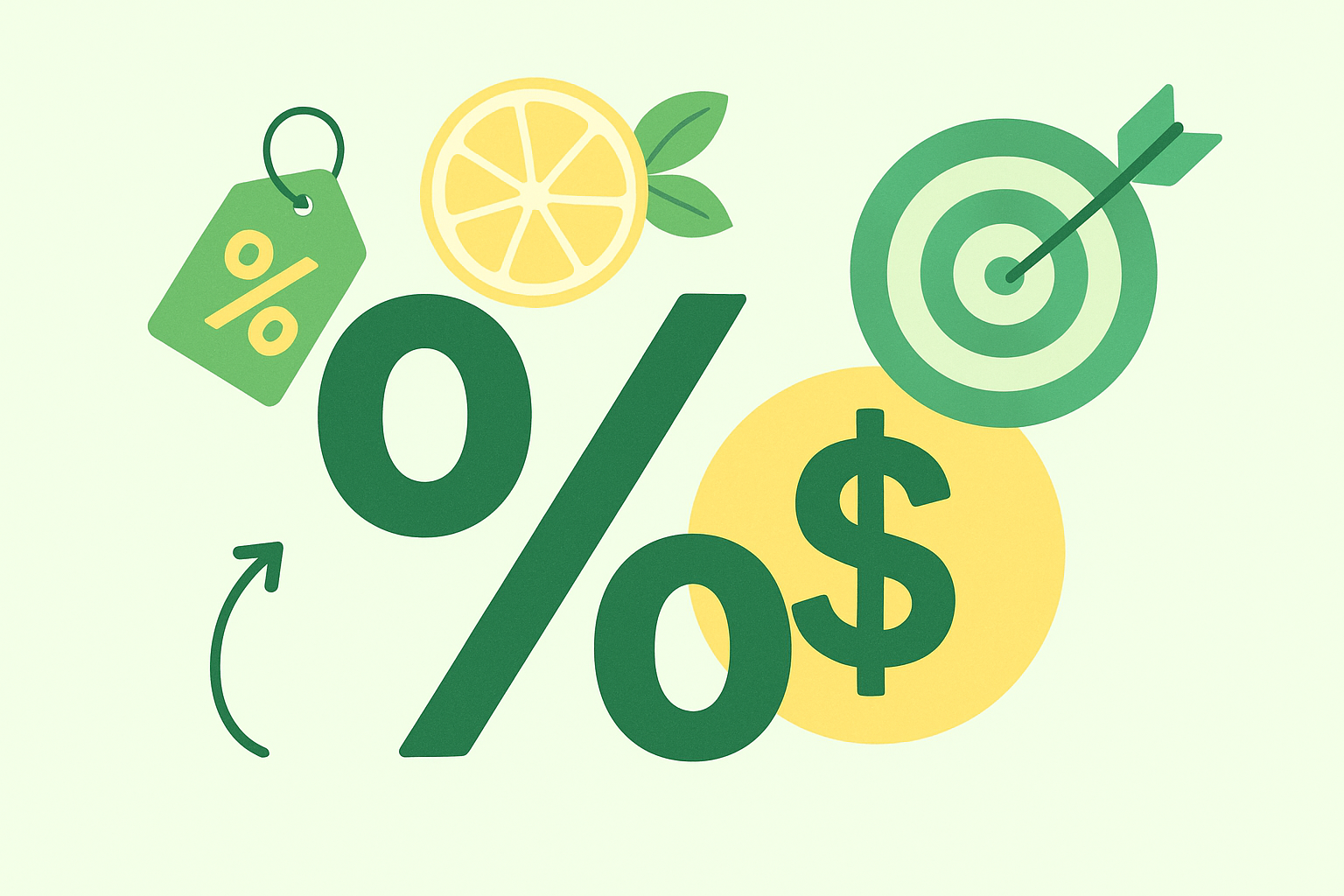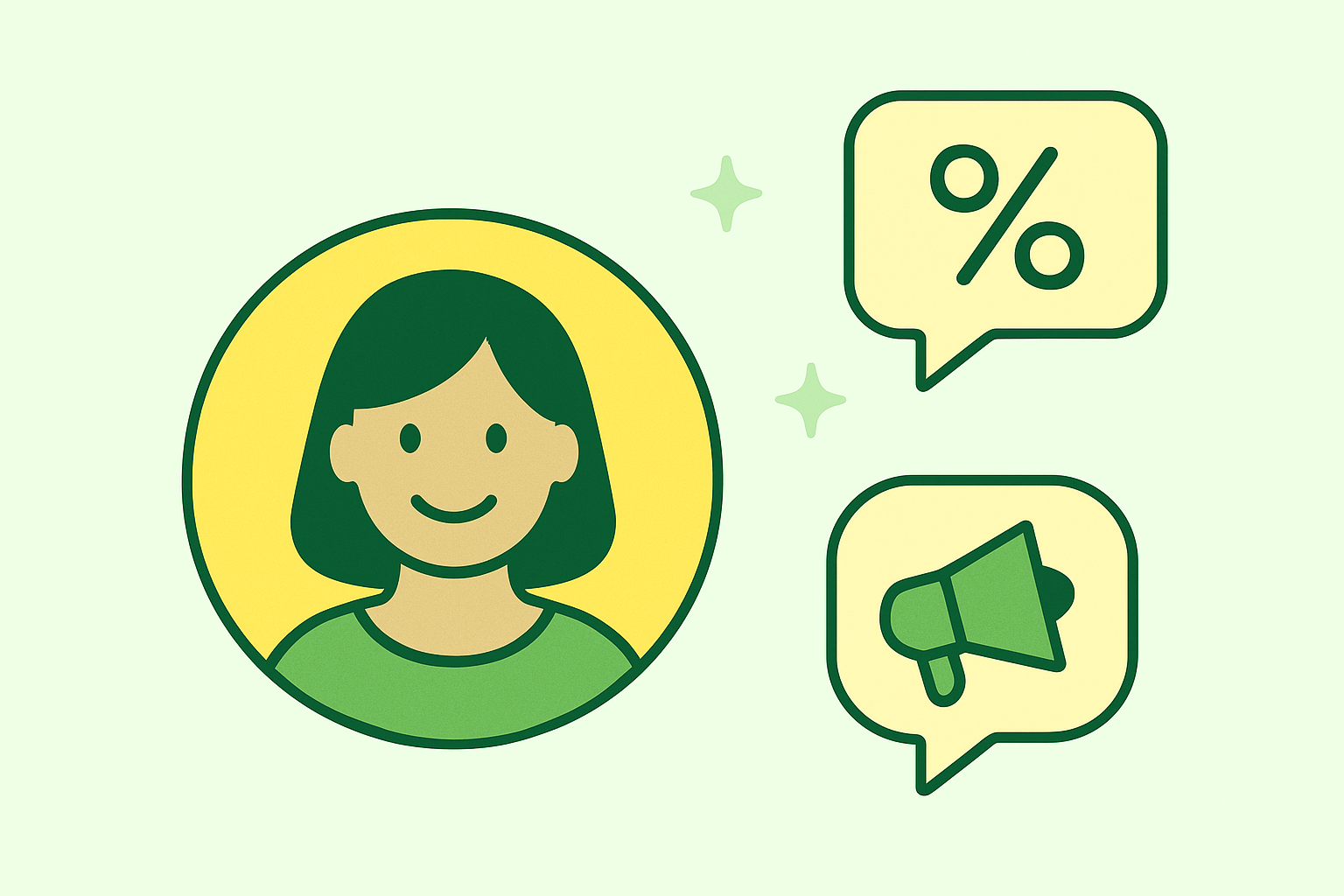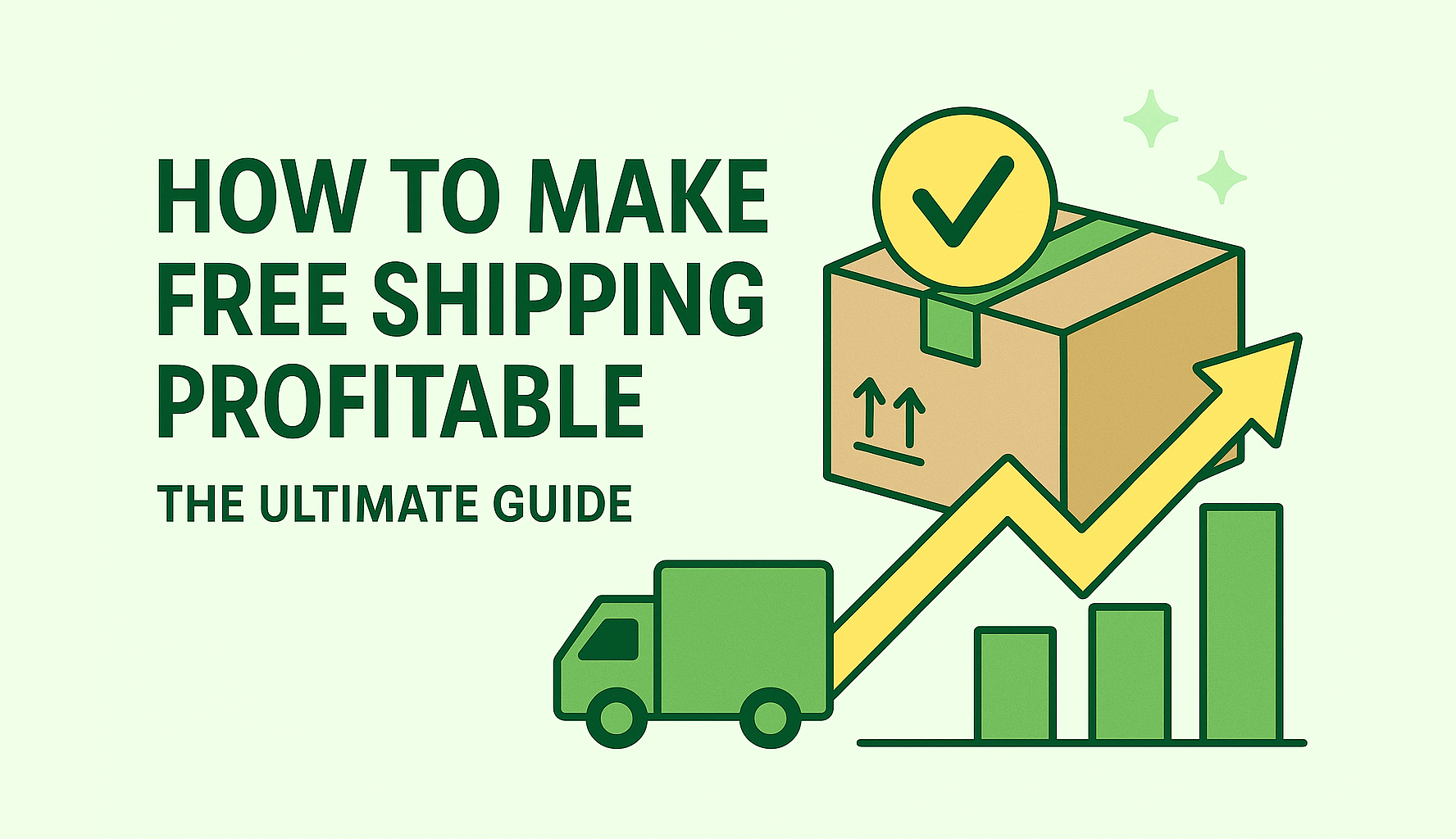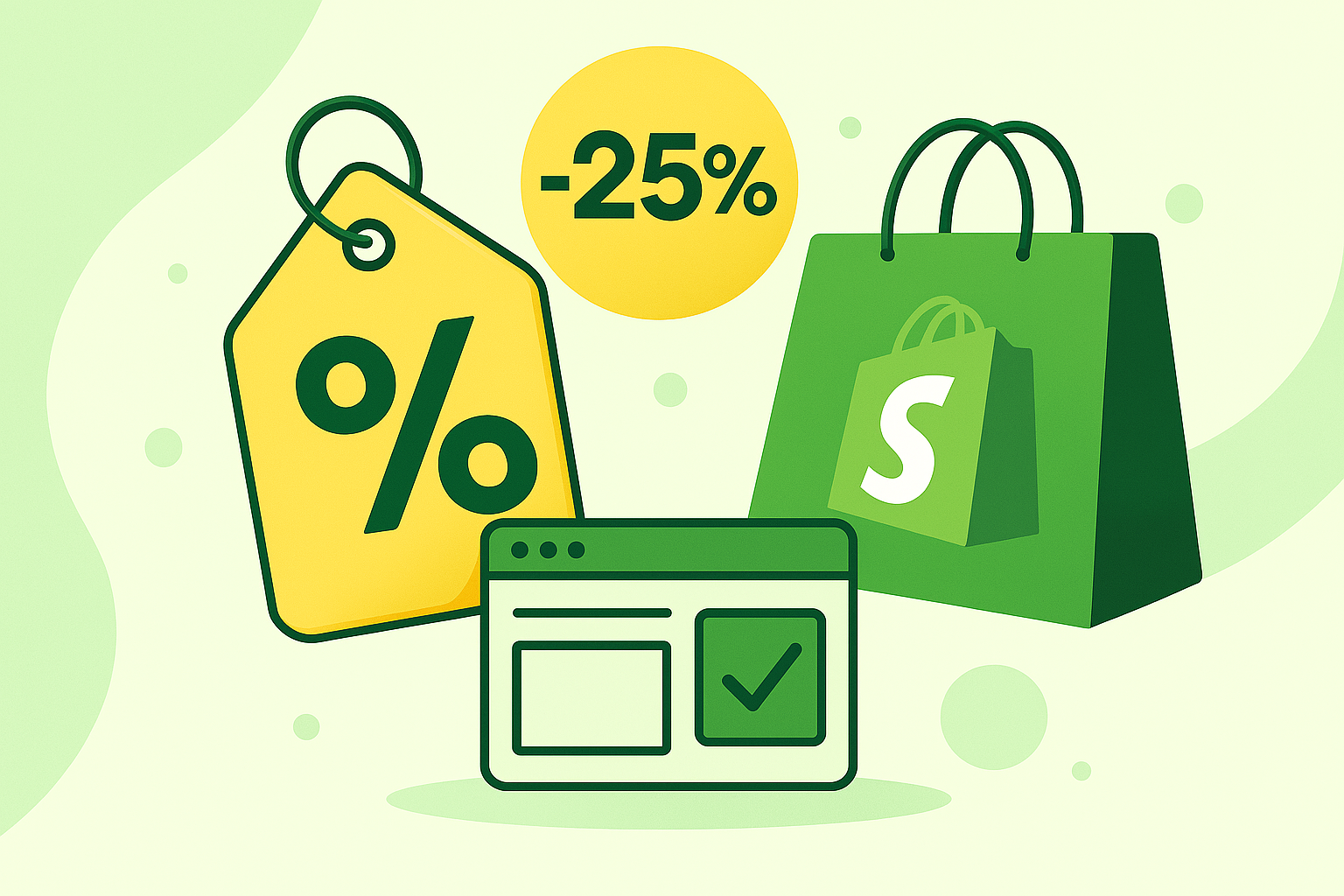Promotions are like a superhero cape for businesses—they make brands stand out and noticeable, thus making people go, "Hmm, I need that!" But with all these variations of promotions available, choosing the right one can feel like trying to pick a solo movie snack when you want everything.
That said, in this guide, we are going to walk you through the most popular promotion types, explaining what each is, how it works, and why it matters. Plus, we'll show some real-world examples and practical tips so that by the end, you can have a pretty good idea about which promo types can make your business stand out.
What is Promotional Marketing?
Promotional marketing is an activity that simply gets customers talking about your brand. It's the creation of excitement—think putting up neon signs that say, "You don't want to miss this!" Promotions may make people feel like they're getting a good deal, evoke curiosity, or just give them the nudge they need to make a decision. They turn the casual browser into a paying customer and the intermittent into a fan.
Whether it's the launching of a new product, building brand loyalty, or easing out stock to accommodate new items, this kind of promotional marketing can give your brand just that little "oomph" to reach those goals.
For a closer look at the financial impact, check out our article on How Discounting Affects Profitability.
Why It’s Important to Understand Different Types of Promotion
Imagine going to a bakery without knowing the difference between a croissant, a doughnut, and a muffin. You’d miss out on choosing the best treat for your taste! In the same way, understanding different promotion types allows you to pick the perfect strategy for your business’s goals. Some promotions work like a charm for building customer loyalty, while others are excellent for quick sales spikes. Knowing what each type offers can help you match the right strategy to your unique business needs.
For a better understanding of the differences, see our comparison of Promotion vs. Discount vs. Order.
Overview of Types of Promotion
Let’s dive into the different flavors of promotional marketing and see what each one has to offer. Each of these has its own “personality,” so we’ll break them down with pros, cons, examples, and when to use them.
1. Advertising
Advertising is the traditional billboard or TV ad—a way to get your brand in front of as many people as possible. It’s like renting a megaphone to shout, “We’re here!” whether it’s through TV commercials, radio spots, or online ads.
Benefits:
- Broad Reach: Ideal for reaching a large audience quickly. Picture it as casting a wide net.
- Boosts Visibility: Keeps your brand top-of-mind, even if people aren’t ready to buy immediately.
Drawbacks:
- Costly: Advertising campaigns can rack up costs, especially on high-profile channels.
- Limited Personalization: Reaching everyone means it’s hard to target individuals specifically.
Example: Think of Nike’s famous “Just Do It” campaign. You’ve seen it on TV, billboards, even in your social feed. Nike uses advertising to maintain its reputation and remind people of its iconic brand.
Best For: Larger companies with bigger budgets or anyone looking to grow brand awareness on a broad scale.
2. Direct Marketing
Direct marketing is all about sending personalized messages straight to your customers’ inboxes or phones. It’s the “Hey, we’ve got something just for you!” of promotions. Email, SMS, or even physical mail can be used to make people feel like they’re getting an exclusive invite.
Benefits:
- Personalized Touch: Direct marketing can be customized for each customer, like a tailored suit.
- Cost-Effective: Compared to a TV ad, it’s much easier on the budget.
Drawbacks:
- Intrusiveness: When overdone, it can feel spammy and turn people off.
- Privacy Concerns: Data laws mean companies have to be careful with how they gather and use customer info.
Example: Amazon is a direct marketing pro, sending you tailored product recommendations based on past purchases. They know that if you’ve bought a book, you might just want another, right?
Best For: Businesses with a clear audience list and those wanting a personal approach. Great for small businesses with a dedicated customer base.
3. Sales Promotions
Sales promotions are eye-catching deals like flash sales or “Buy One, Get One Free” or “50% Off Today Only.” They’re designed to make people feel they’re getting a deal they can’t pass up—perfect for giving sales a quick boost.
Benefits:
- Immediate Boost: Works well to clear stock quickly or make fast sales.
- Flexible: Easy to adjust for seasonal sales, new launches, or just to bump sales during slow periods.
Drawbacks:
- Reduced Profits: Offering discounts impacts profit margins.
- Temporary Impact: Sales bumps often fade once the deal is over.
Example: Sephora’s holiday sales create a lot of buzz, attracting shoppers with special discounts and limited-time offers on premium products.
If you’re using a tool like Discounty, setting up sales promotions is a breeze. You can even create tiered discounts like “Buy 2, Get 10% Off” with just a few clicks.
Do you want to know more about what a tiered discount is?
Best For: Both small and large businesses wanting to drive quick, short-term sales.
4. Loyalty Programs
Loyalty programs reward repeat customers with points, discounts, or other perks. It’s the “thank you” that keeps customers coming back. Many businesses pair loyalty programs with strategies like free shipping marketing strategies to enhance customer satisfaction and drive repeat purchases
Benefits:
- Long-Term Engagement: Builds ongoing relationships and boosts customer retention.
- Encourages Repeat Purchases: Keeps customers coming back instead of shopping elsewhere.
Drawbacks:
- Maintenance: You’ll need to continually update rewards to keep the program appealing.
- Not Ideal for New Customers: Mostly targets existing customers, so it doesn’t help much with new leads.
Example: Starbucks Rewards gives points for every purchase, turning coffee lovers into loyal customers. Who doesn’t like free coffee after a few purchases?
Best For: Businesses with a steady customer base who want to keep those customers coming back for more.
5. Events and Experiences
Creating memorable experiences during events, such as using seasonal discounts during holiday seasons, can strengthen customer engagement and boost sales
—whether it’s a product launch, workshop, or webinar.
Benefits:
- Strong Engagement: Customers remember the experience and associate it with your brand.
- Builds Community: People feel more connected to a brand after attending an event.
Drawbacks:
- Cost and Planning: Events can be pricey and require meticulous planning.
- Requires Coordination: There’s no winging it with events—you’ll need solid coordination.
Example: Apple’s product launches are prime examples. The buzz around these events keeps Apple fans glued to the latest announcements and fosters a sense of community.
Best For: Brands aiming to build a strong, engaged customer base. Especially effective for larger companies.
6. Partnerships and Collaborations
Partnering with another brand or influencer can expand your reach and bring your products to new audiences.
Benefits:
- Extended Reach: Introduces your brand to a new audience.
- Increased Trust: Collaborating with a respected brand builds credibility.
Drawbacks:
- Risky Reputation Ties: If your partner brand takes a hit, your reputation could suffer too.
- Coordination: Partnerships take planning and constant communication.
Example: Airbnb’s partnerships with influencers help show the unique travel experiences they offer. These partnerships expose the brand to new followers in a trustworthy way.
Best For: Businesses looking to expand their audience reach and strengthen brand credibility.
Choosing the Right Promotion Type for Your Business

There isn't one best way to promote a business. Which works best depends on what you want to accomplish, who your customers are, and naturally, on the budget available. Deciding between options like functional discounts or threshold-based discounts depends on your business goals and the behavior of your target audience. It's a little like choosing the right seasoning for a dish—not every flavor works with every recipe!
The best promotions for a small, local business might look completely different from what a giant brand with a national audience would choose. Here's a quick guide to help you decide:
- Define Your Goals: Are you looking to boost sales quickly, build long-term customer loyalty, or simply increase brand visibility? Different promotions serve different purposes, so get clear on what you want to achieve.
- Consider Your Audience: Consider who you are targeting. For example, social media contests and events might engage a young audience more, while loyalty programs and special discounts will help with repeat, older customers.
- Set a Budget: The range of promotions can be quite large—from low-budget email campaigns to splashy advertising spots. It helps you to know upfront what you can afford and to narrow your choices, hence avoiding surprises down the line.
- Evaluate Your Resources: Do you have in-shop tools, staff, or tech to manage a complex campaign? Shopify's Discounty makes promotions relatively easy without needing any kind of in-house tech team, and for that, small businesses should be grateful.
- Think About Timing: Consider the timing of such promotions; some may turn out well during peak shopping seasons, whereas others—like loyalty programs—can work really well throughout the year. In terms of timing, promotions aligned with holidays, time-to-market product launches, or slow seasons would be most relevant.
To make things easier, here’s a handy table summarizing the most common promotion types, who they’re best for, their main benefits, potential downsides, and an example of how big brands use each:
Use this table as a quick guide to pinpoint which promotional strategies align best with your business’s unique needs.
Tips for Small vs. Large Businesses
- Small Businesses: If you are on a shoestring budget, inexpensive methods such as email campaigns, giveaways, and loyalty programs serve well to build customer relationships.
- Large Businesses: You may use big-ticket methods such as advertising events, high-profile sponsorships, or partnerships that will help cement your brand's position in the market.
How Discounty Supports Different Types of Promotion
Discounty is a versatile tool for Shopify that helps you create and manage various discount campaigns including automatic discounts or bundle pricing offers, to cater to different customer segments. Here’s how it supports each type:
- Bulk and Volume Discounts: Set up deals like “Buy One, Get One Free” or “Spend $50, Get 10% Off.”
- Cart-Based Discounts: Offer discounts based on the total cart value.
- Auto-Updates: New products added to a collection automatically apply existing promotions.
- Customizable Badges and Widgets: Attract attention with visual elements that display your active discounts.
- Combine Multiple Promotions: With Discounty, you can run multiple promotions simultaneously, like offering a "Buy 3, Get 30% Off" on one collection while another offers a "25% Off" discount.
Discounty takes the hassle out of creating promotions, letting you focus on running your business while keeping customers excited about your latest deals.
Step-by-Step Guide to Setting Up a Discount Campaign with Discounty
- Choose Your Discount Type: Decide if you want to offer a cart discount, volume discount, or something else.
- Customize Your Campaign: Change the imagery to your liking, adjust the discount values, among many more.
- Schedule Your Campaign: Take advantage of seasonal promotions by first setting a start date and an end date.
- Activate the Campaign: Launch and watch your customers engage with your brand.
To get started, read our guide on Setting Up Discount Campaigns on Shopify.
Pro Tip: Add a countdown timer to add urgency and get people taking advantage of deals before they're gone.
Final Words
Promotions are one of the most effective ways to captivate your customers and expand your brand. From sales, loyalty programs, and fun events, the right promotion may just turn your customers into loyal fans and boost your sales. Learning different types will help you match your approach to your goals and audience.
And if you happen to be on Shopify, Discounty can be your ace in the sleeve. With custom badges, automated updates, and layered discounts, running promotions is pretty easy and effective.
Now, go out there and try these promotion strategies; see how they will add value to your business.


























